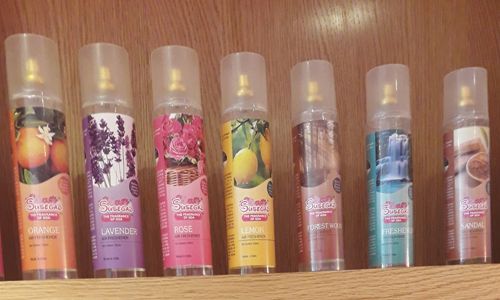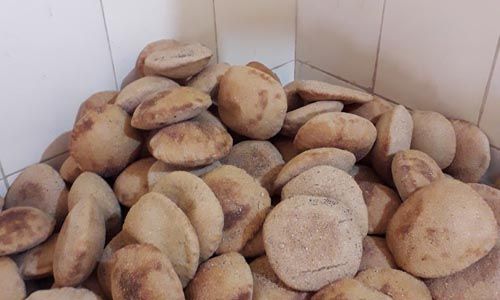Sawant is constantly targetting NGOs and activists about creating hurdles in his development agenda. But when it suits him, he shoots from their shoulder as he did when he unleashed his "political vendetta" against Vijai Sardesai. In any case, Sawant like all politicians, cares a fig for the environment going by the tonnes of cement, which is hugely polluting, he is pouring in to fulfil his so-called development which includes building gigantic bridges.
 December 7, 2019
December 7, 2019
Lion Roars
Not a week goes by without Chief Minister Pramod Sawant accusing NGOs and activists of preventing development in Goa; just as not a week goes by without the PWD Minister Deepak Pauskar saying he intends to ask Dilip Buildcon “to take steps to ensure traffic flows smoothly on the Cortalim-Agassaim road.” In Pauskar’s case his placatory words are echoed/voiced bi-weekly at the least, because of the number of traffic snarls on that route.
However, when it is convenient for him, Sawant is the NGOs' best friend. Example: He used the United Goans Foundation, to target his Public Enemy No: 1, Vijai Sardesai, to issue a stop work order on the former deputy CM’s office under construction building at Davondem, near his residence. The NGO had pointed out discrepancies that the construction was in violation of building rules.
But Sawant’s development (building gigantic bridges and constructing huge buildings) apart from devastating forest land brings pollution just as the cows we protect emit dozens of polluting gases, including a great deal of methane. Cows emit a massive amount of methane through belching, with a lesser amount through flatulence. While India has the largest cattle population on the planet, Sawant’s development uses just cement and steel.
The major pollutants of air from cement production are methane, fume, dust, nitrogen oxide, sulphur oxide, carbon oxides including carbon dioxide, all of which are responsible for global warming. There is much, much more to this. These are also harmful to human and plant health, through respiration. Dust flying from cement production is transported through air and deposited close to the manufacturing plants and even to distant places. As we have learnt recently, pollution is now even trans-continental.
A bridge too far
The 7.74 km long Canacona bypass has three bridges, 450 mt, 500 mt and 130 mt long over two rivers, including reportedly 17 piped culverts and four box culverts. For the new Zuari bridge alone, 1,800 cubic metres of cement is being manufactured daily. The heat generated daily can exceed 100 degrees Celsius when the quantities are large! A record of 45,614 km of high tensile steel wires is being used. This is more than the earth’s equatorial circumference of 40,075 km.
It took 1,00,000 cubic metres of concrete to construct the 5.1 km-long third Mandovi bridge, enough to fill 40 Olympic size swimming pools; 13,000 metric tons of corrosion resistant reinforcement steel, 32,000 sq. mt of structural steel plates, 1,800 km of high tensile pre-stressing strands, and the total weight of the bridge is 2,50,000 tonnes – equivalent to 570 Boeing-747 jumbo jets.
(also read: Lion Roars - Bridge to Nowhere (April-23, 2019)



